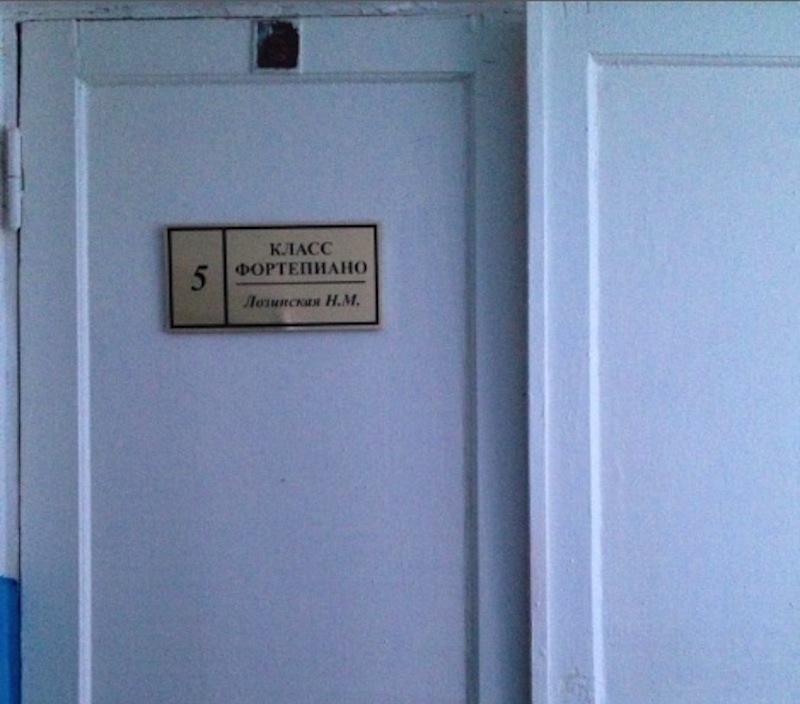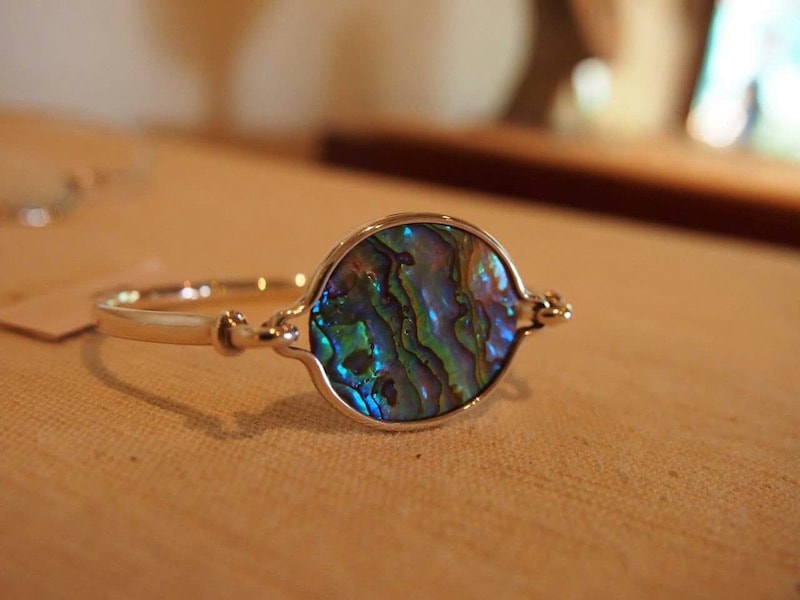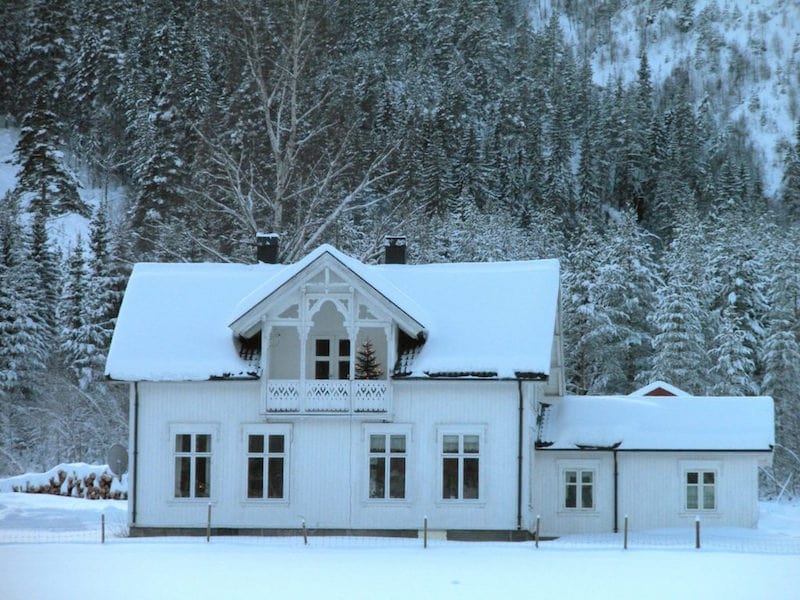
Venusiaexpat gives us the possibility to sneak peek Christmas in Norway, sharing her experiences from celebrating with her Norwegian family.
Expatclic practices linguistic empathy, and invites you to do the same. We strive to translate our articles to the best of our ability, but correctly translating the expressions of each culture is a challenge that we can face only if we stay open to dialogue about our differences. Should you find inaccuracies or sentences you do not understand in our articles, please get in touch with us: working on them together will broaden reciprocal understanding between our cultures.
My first Christmas in Norway was a break from my work in Guinea. I visited my in-laws to be, and in 10 days, I gained 5 kilos and an insight to the richness of Norwegian Christmas traditions. Thirteen years later, I want to share some of those with you, all would be impossible! This is at least how it is done in my Norwegian family.
When is the tree coming?
The violet period. When December arrives, the cosiness of Norwegian homes get to the next level, with even more candles and decorations. The most modern people might get traditional for the occasion, and sort out their 4 advent candles and violet decorations. The violet period last 4 weeks, then Norwegians enter the next phase.
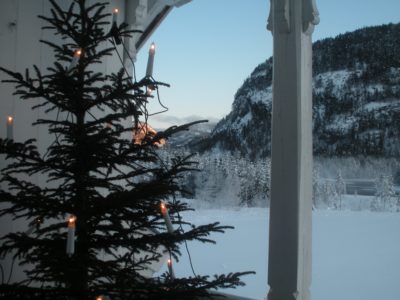
Christmas tree outdoor
The red period. This can arrive as late as the 23rd of December, when everything violet disappears to make place to the most standard red. The house at this point is nicely decorated, and should smell of Grønnsåpe, a cleaning product, as everybody should do a real clean of the whole place.
Being Italian at this point my question was: when is the tree coming? In my Italian family we put it up the 8th of December, but in Norway, the star of the living room appears, fresh and rich of wood scent, around the 23rd, to be decorated with white lights (the most conservatives might still use candles!), some small Norwegian paper flags (!), and a few, very few decorations. Less is more (except for the flags). The decorations are very Scandinavian also outside, no colourful lights blinking, unless you want make a statement of you not being Norwegian.
Food, food, and even more food
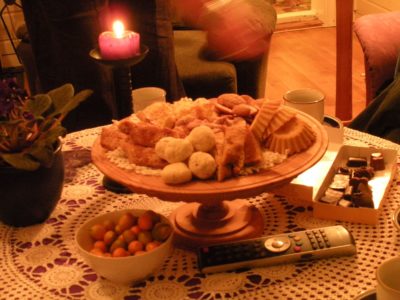
Julebakst
During the violet period, homes also get scented by the Julebakst, or the Christmas baking: you are supposed to make 7 types of cookies. The best is to invite friends or family to a juleverksted, literally a Christmas workshop. People come over to bake together, make decorations, Christmas cards, and drink Julete (Christmas spiced tea) and Gløgg. Children love juleverksted, as everyone get creative and messy, eat the dough, and enjoy the spirit. The most advanced might build a pepperkakehus, a house made of gingerbread.
If you ask a Norwegian what he is eating from Christmas, you normally get one of three options: ribbe, pinnekjøtt or lutefisk, and from that answer, you might also know where the person’s family is from. In our house, we eat Pinnekjøtt, like 37% of Norwegians, which is dried and sometimes smoked sheep meat, boiled with sticks (pinner) and then briefly grilled. The meat is served with boiled potatoes and rutabaga mash. I normally propose a salad too, and I guess it is considered one of the eccentricity the family has to accept having a foreign at home. You can make your own pinnekjøtt form scratch: recipe.
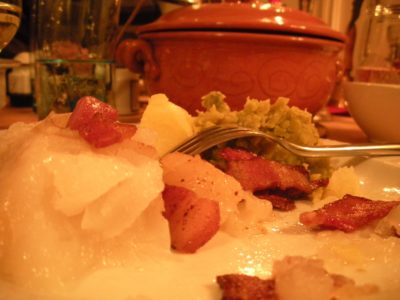
Lutefisk
Ribbe is a large square of crispy pork ribs, commonly accompanied by sauerkraut, patties, sausages, and potatoes. A courageous minority eat Lutefisk, dried cod that has been soaked in a lye solution (yes, lye!). It is then boiled or baked and served sprinkled with bacon and peas mash. The dessert is often multekrem, a mix of whipped cream and cloudberries jam, yummy! What unifies the country again is the fact that beside water, those dishes are normally accompanied by beer and aquavit, a spirit distilled from potatoes, definitely needed.
Are we going to make it?
The most challenging task of Christmas in Norway (which is celebrated the 24th), is to manage to eat all the meals: first a rich Scandinavian breakfast with all kind of delicacies on the table: several types of jams, an infinite choice of bread, all kinds of hams, an infinity of cheeses, a large choice of cured fishes, and of course eggs. After eating you should get dressed up, hoping clothes still fit, for a light lunch made of rice porridge. You need to eat the whole portion, as one of person has been served one almond. The person finding the almond wins a pig made of marzipan. Then some people goes to church, and get back home for the dinner made of ribbe, pinnekjøtt or lutefisk.
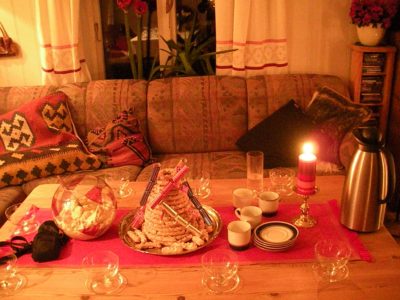
Kransekake
After the dessert, all the biscuits baked in the violet period are available, as well as the queen of the Norwegian cakes: kransekake. A tower of rings made of almonds paste, decorated again with small flags. Fruits, nuts, and other snacks are always available, should you still feel a tiny empty space in your belly.
After dinner it is finally time to move, the tree is moved to the middle of the room, and the whole family dances around it singing some traditional songs, this is probably one of the most awkward and fun part of the day! Then all the presents are distributed, and opened in turns. Leaving kids happy to play and grownups finally comfortable on the couches with nothing more to do, just enjoy the rest of their Norwegian Christmas.
Bonus: the strangest thing
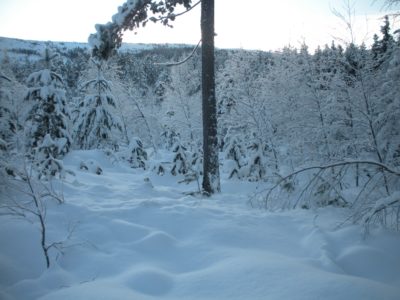
Snow in Telemark
Most Norwegians have another must do between all the meals, watch a Czech movie from the 1970s called “Tre nøtter til Askepott” (Three hazelnuts for Cinderella) on TV. If this wasn’t strange enough, the movie is played with a male voice over badly dubbing all the characters and explaining what is happening. Why they watch it is still a mystery to me. God Jul!
Venusia Vinciguerra Veum (Venusiaexpat)
Strasbourg, France
December 2018
Photo credit ©Venusia Vinciguerra Veum

